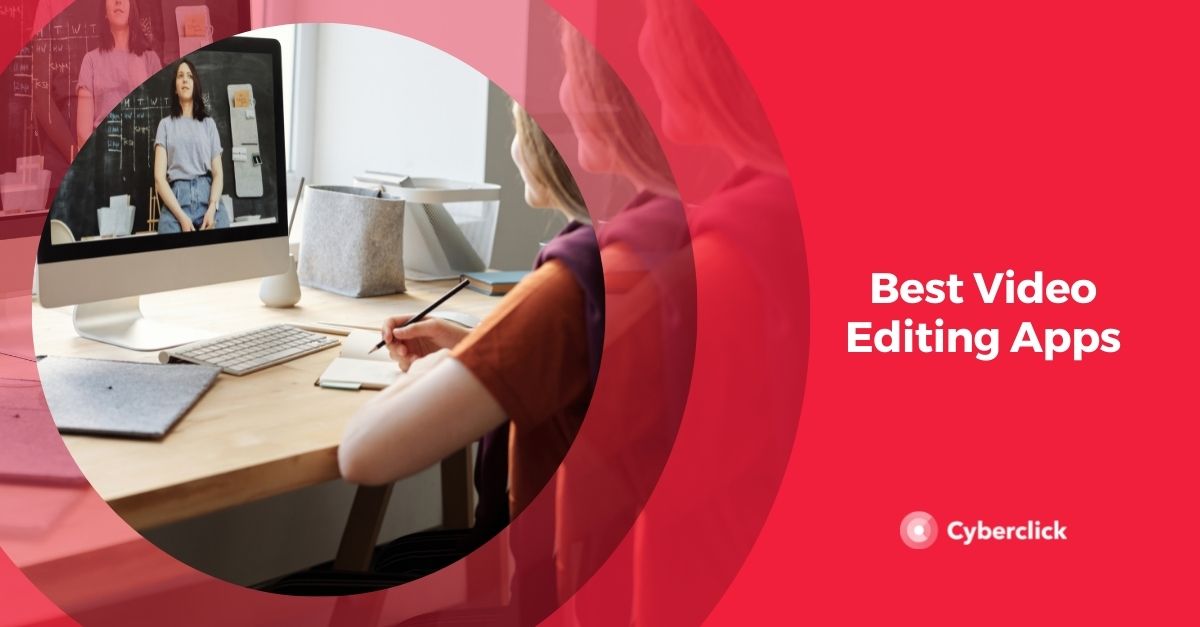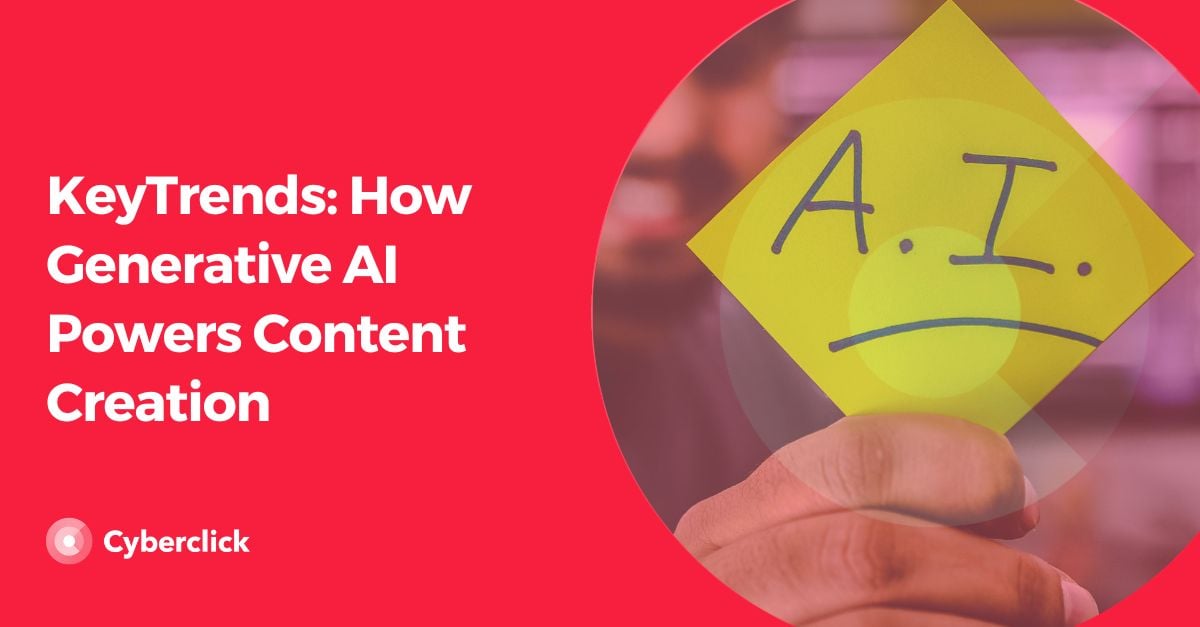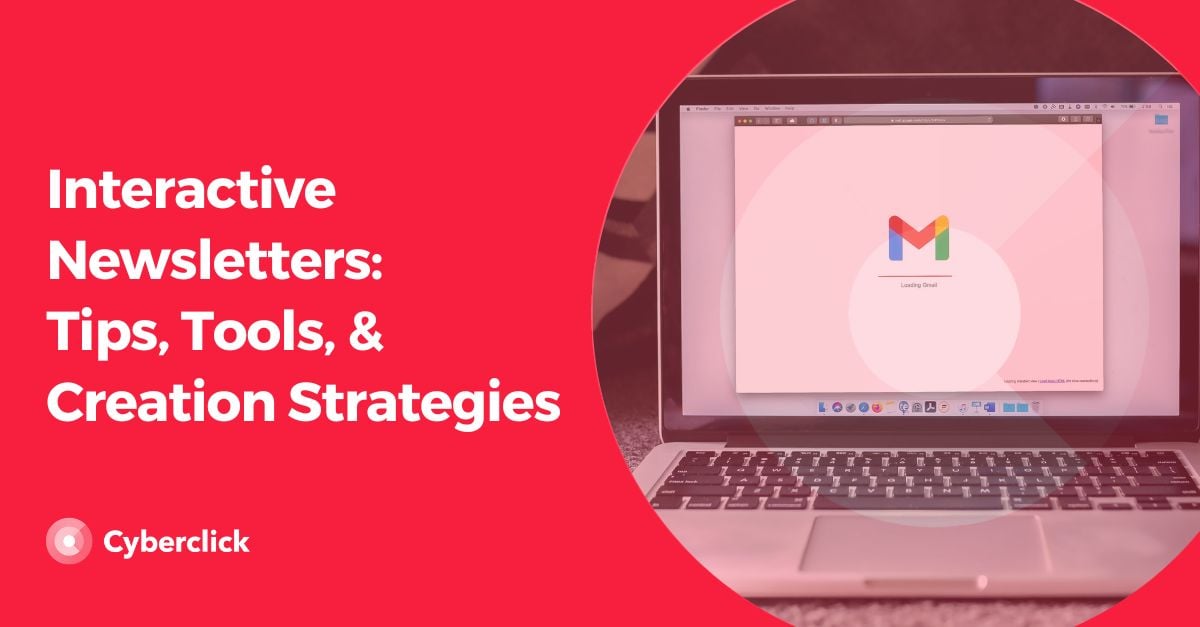In the current digital landscape, content is currency, and marketers are under constant pressure to produce more, faster, and at scale. Enter AI-powered tools like ChatGPT, Midjourney, and Runway, etc., which are transforming how agencies brainstorm, draft, design, and deliver content.
But as these tools evolve from novelty to necessity, one big question lingers: Is AI a creative ally that helps marketers do more with less, or a threat to the originality and human touch that great content demands?
Let’s explore the evolving relationship between AI and creativity, and what it really means for marketing teams.

What AI Brings to the Marketing Table
AI has led us to new levels of efficiency in content creation. Tools like Jasper and Copy.ai help generate blog outlines, ad copy, and social captions in seconds. Image generators like DALL·E and Adobe Firefly accelerate visual prototyping, while AI-powered video platforms automate editing, subtitles, and voiceovers.
For marketing teams, this means faster turnaround times, more content variations, and greater personalization at scale.
The "Friend" Perspective: AI as a Creative Co-Pilot
Many marketers are embracing AI as a strategic partner in the creative process. It can unblock brainstorming sessions, offer fresh headline variations, or help visualize early design concepts. For smaller teams or solo marketers, AI can act like a built-in assistant, handling repetitive tasks so they can focus on strategy and storytelling.
More importantly, AI can enhance (not replace) the creative process. For instance, a campaign strategist might use AI to draft initial messaging, then refine it with tone, insight, and brand voice. A designer might use AI to generate mood boards before building final assets in Figma or Photoshop.
In this sense, AI is more of a co-pilot: powerful, fast, but ultimately guided by human direction.
“Friend” Example: HubSpot + ChatGPT
HubSpot’s integration of ChatGPT into its CRM and content tools is a prime example of how AI can streamline marketing tasks without sacrificing strategy or brand voice.
In 2023, HubSpot launched a suite of AI-powered content assistants using OpenAI’s language models. These tools help marketers draft blog post intros, write email subject lines, summarize reports, and create social media captions directly within the HubSpot dashboard.
The value? It removes creative traffic jams for marketing teams. A junior marketer can generate a rough draft in seconds, then refine it with input from senior copywriters. Campaign teams can quickly A/B test different variations of copy, headlines, or CTAs without starting from scratch every time.
Importantly, HubSpot doesn't treat AI as a replacement for content creators, it positions it as a productivity enhancer. Users are encouraged to edit, guide, and shape AI-generated content so it fits their brand tone, audience, and goals. This hybrid model is what makes the integration successful.
Takeaway for agencies: Embedding AI into your workflow, like HubSpot has done, allows teams to move faster, without compromising creativity, strategy, or quality. It's not about replacing talent; it’s about giving them better tools.
The "Foe" Perspective: Creative Risks and Reputational Costs
That said, there are real concerns about overreliance on AI in content workflows. When used without strategic oversight, AI can generate generic, repetitive, or even off-brand messaging. In creative industries where originality and authenticity drive engagement, this poses a serious risk.
There are also ethical and legal gray areas. AI tools may mimic existing work, raising questions around copyright, authorship, and intellectual property. And as generative content floods the web, brands must work harder to stand out with substance, not just speed.
From a brand perspective, pushing out AI-generated content without a clear strategy or human review can erode trust, and creativity becomes just another commodity.
“Foe” Example: Social Media AI Spam Accounts
As AI-generated content becomes easier to produce, social media platforms are experiencing a wave of low-effort, low-value “AI spam” or “AI slop” accounts, and it's starting to impact engagement, trust, and even platform algorithms.
These accounts often use tools like ChatGPT and other image generators to mass produce generic motivational quotes, shallow business tips, or copy-pasted summaries of trending topics. The content is passable, but lacks depth, context, or unique insight. In short, it’s content that says nothing, even if it looks polished at first glance.
This trend is especially visible on LinkedIn, where some users build entire personal brands using templated AI content. While this may lead to short-term visibility, it rarely creates meaningful engagement. Audiences are becoming savvy to this type of content and are tuning it out, or calling it out.
For brands, this poses a risk. When companies automate content at scale without human oversight, they risk sounding robotic, losing trust, and blending into the noise. AI-generated posts that don’t align with brand values, voice, or audience needs can damage long-term credibility.
Takeaway for agencies: AI is not a content strategy. Without thoughtful messaging, editorial quality, and brand differentiation, automation can backfire. Use AI to assist, not replace the creative thinking that builds real brand equity and community.
Striking the Balance: Human-Led, AI-Assisted
At its best, AI is a tool that amplifies human creativity, it doesn’t replace it. Marketers bring context, emotional intelligence, brand intuition, and ethical judgment that machines simply can’t replicate.
This is where high-performing marketing teams shine: they combine AI’s speed and scalability with human insight and storytelling. AI helps get to the first draft faster, but the final 20% still requires human finesse.
Think of it this way: AI can automate the “what,” but marketers still own the “why.”
The Future of Creative Workflows
As AI capabilities continue to expand, marketing agencies that adapt early will have a competitive edge. We’ll likely see a shift toward hybrid workflows, where humans lead and AI supports across content ideation, testing, personalization, and even SEO optimization.
New roles are already emerging: prompt engineers, AI content strategists, and creative technologists. The agencies that win won't just adopt AI, they'll know how to integrate it responsibly, strategically, and creatively.
Creativity Still Has a Human Core
So, is AI a friend or foe to creativity in marketing? The answer depends on how it’s used.
For marketing agencies, AI can be a game-changing asset when paired with human strategy, storytelling, and quality control. It’s not about choosing between human or machine, it’s about finding the right balance.






Leave your comment and join the conversation